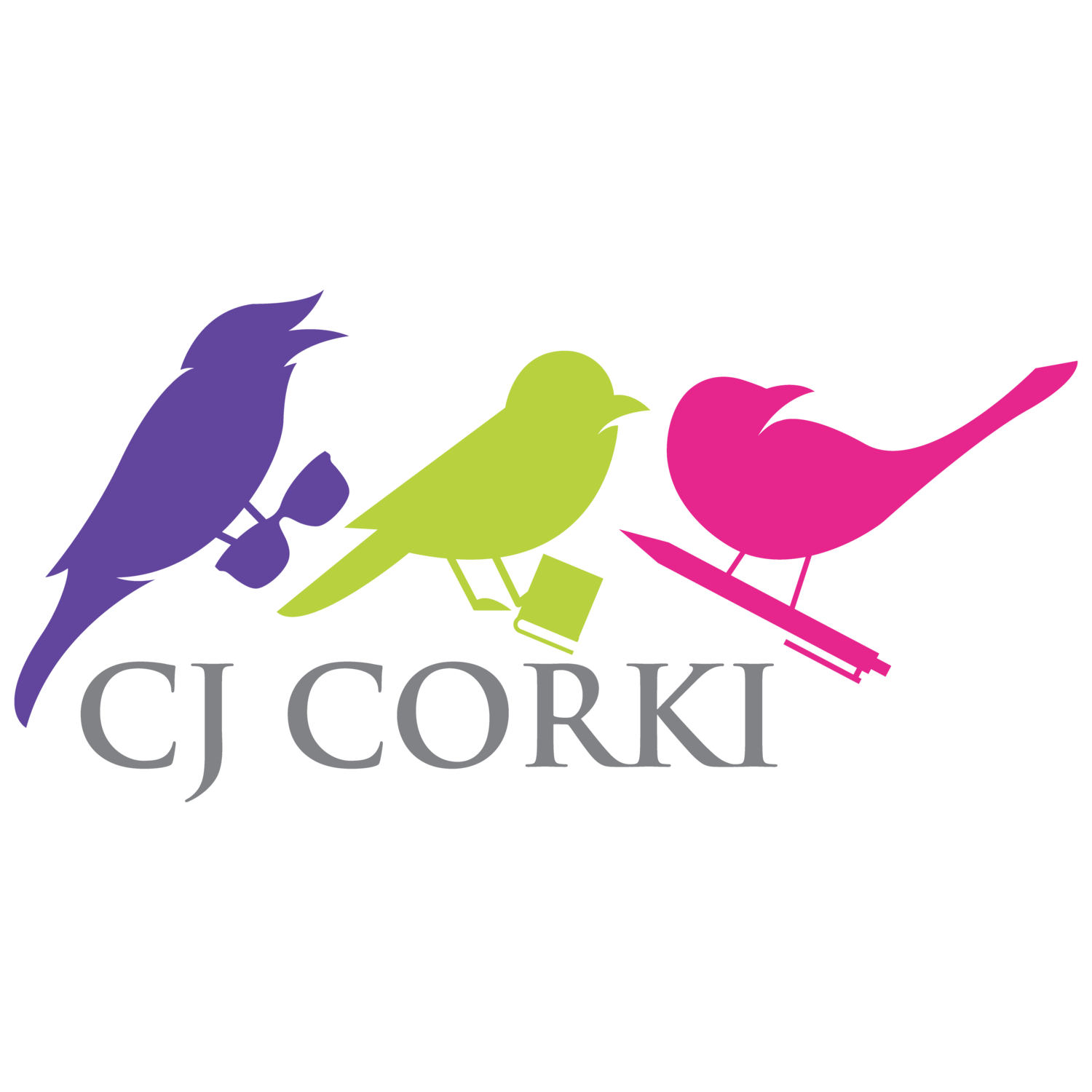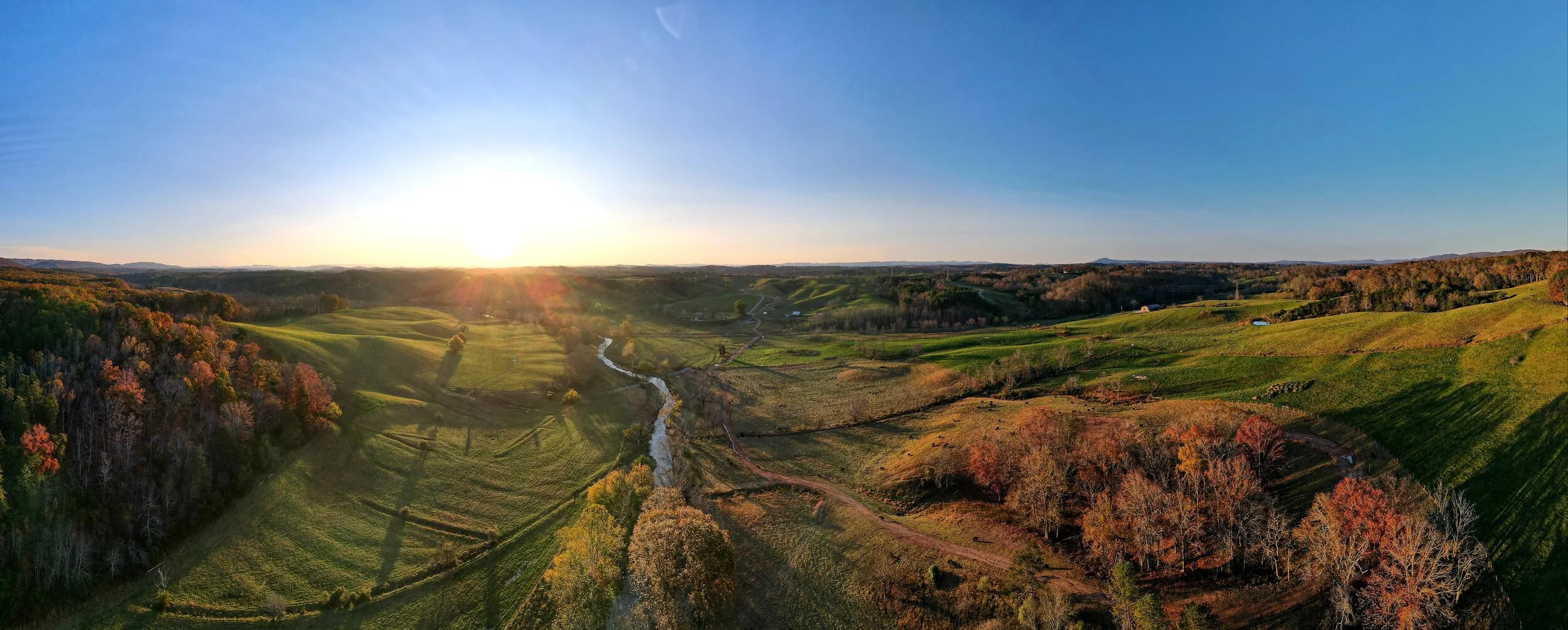Crafting a Culinary Identity: My Selectatarian Journey
As a child, I learned the importance of sticking to my beliefs. Despite my dad's attempts to convince me that it was okay for different foods on my plate to touch each other, I stood my ground and stuck to my personal preferences. This experience taught me to trust my instincts and not be swayed by others' opinions. Even before I knew the meaning of the word, I was on a journey to become a Selectatarian, defined as a personalized path to optimal nutrition.
When I was six years old, my favorite food was SpaghettiOs. For those who don't know, SpaghettiOs are a type of canned pasta that comes in a ring shape and is served with tomato sauce. They are marketed to parents as a "less messy" alternative to regular spaghetti. This meant that the sauce wouldn't mix with my broccoli, which made me cry whenever it did. If this happened, I would be sent to the stairs until I could calm down, which often meant missing dinner altogether.
Although canned food was my preferred choice, my Polish family used to make Polish sausage from scratch. I vividly recall the heavy grinder on the table churning out tubes of this supposed deliciousness. However, as a child, watching the process made me dislike the meat. Maybe the mixing of the fats and the meat into a tube triggered my aversion to food touching. But to this day, I avoid this food group entirely.
Blood soup, anyone? This soup has been a significant part of Polish culture for several centuries. It was traditionally served during marriage proposals until the 19th century. However, as a child, the idea of drinking blood like a vampire, even if it was just duck blood, was revolting. In my family, we have it every Christmas Eve, along with other traditional Polish dishes like pierogi and sauerkraut.
When I was a child, my diet was often lacking in nutrition. To address this, my mom would insist once a week that I eat liver and onions while the rest of my family dined on fried chicken. My sisters indulged in their tasty meal while I stared at my plate, hoping nobody would notice that I wasn't eating. If they did, I would move the food around my plate until they touched, giving me an excuse not to eat it.
But my oldest sister, the chemistry student, sent me over the edge with my eating preferences. When she would come home from college, she would read the labels on the cans and explain to me what all those preservatives meant. Some ingredients included high-fructose corn syrup, artificial flavors and colors, and hydrogenated oils—no more SpaghettiOs for this child.
Then came the discussion on how they process hotdogs, bologna, and more. But it wasn’t until the talk about the feed lots that broke me away from all meats. My sister, already a vegetarian, convinced me it was the way to go nutrition-wise. It wasn’t to save the animals or the climate as discussed now; it was strictly a health decision, although taste had much to do with it.
Constantly challenged to get enough protein, I was reduced to consuming horse pill-sized chewable protein. High school and college cafeterias didn’t meet my dietary preferences, so I lived on peanut butter and apples. It didn’t take long to move from vegetarian to pescatarian; I introduced fish to my diet to get more protein.
So when we bought my husband’s family’s historic farm, we decided not to grow grapes or crops. We opted to raise cattle. It makes sense for a vegetarian turned pescatarian. Our cows aren’t just run-of-the-mill cattle. We raise Wagyu, the genetics of the prized Kobe beef from Japan. The fat on consistency is remarkably different than Angus. It has a lower melting point and is considered a healthy fat. The Wagyu herd is raised right with no antibiotics or hormones, and they are free to roam the pristine rolling countryside and drink fresh spring water. They go from the “Field to the Fork.” It cannot get fresher than that.
So, after 40 years of vegetarianism, I started to study nutrition. I discovered the importance of animal protein in the diet, such as essential amino acids, iron, omega-3, zinc, and more. With our cattle being raised well, I decided to try some. Wow! You would think my system would have an issue, or I wouldn’t like the taste. That's not true. I felt great after eating it, and it tasted amazing.
I used to think the "farm to table" movement was just a passing trend, but now I realize it's the healthiest way to eat. I have started my garden and plan to expand it by raising chickens. When I have grandchildren, I want to teach them about growing and raising their food so they can better understand where their meals come from. In today's world, many young people are disconnected from the source of their food, so I want to help them broaden their diets and develop a deeper appreciation for their food.
Today, I am still very particular about the food I consume, sticking to what I believe. Although I still refuse to eat Polish sausage or Blood Soup, fresh Wagyu from our farm or Trout from our pond have become regular parts of my diet. I have recently discovered the term Selectatarian, which is not a common word; it has been used to describe a unique or personalized approach to eating. My approach is to eat fresh, eat clean, and eat right from the farm. Can I persuade you to do the same?



